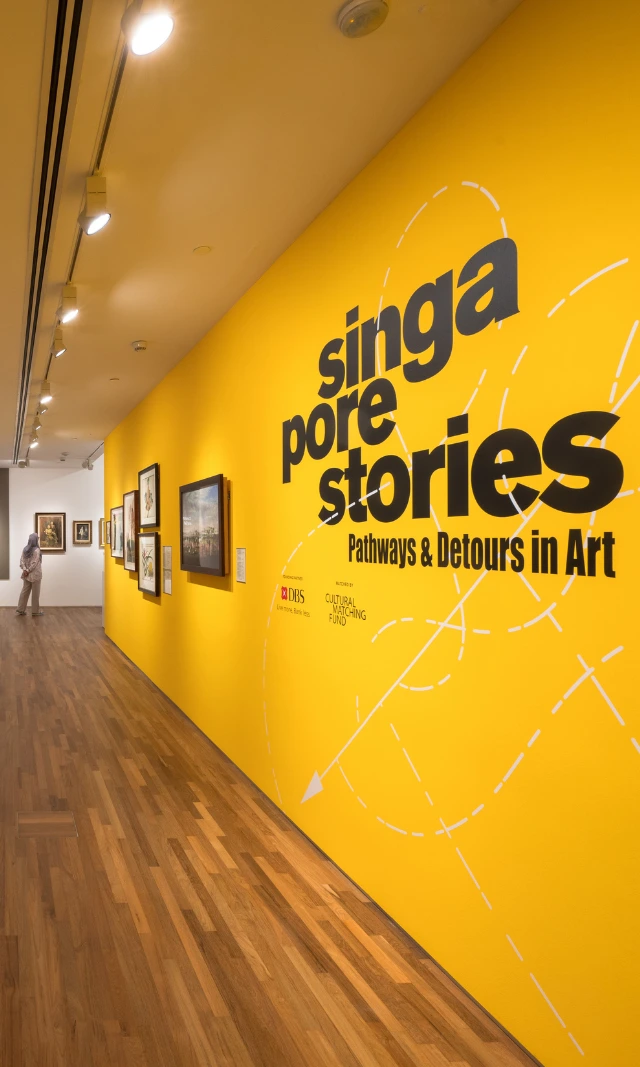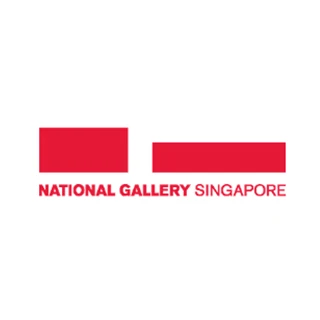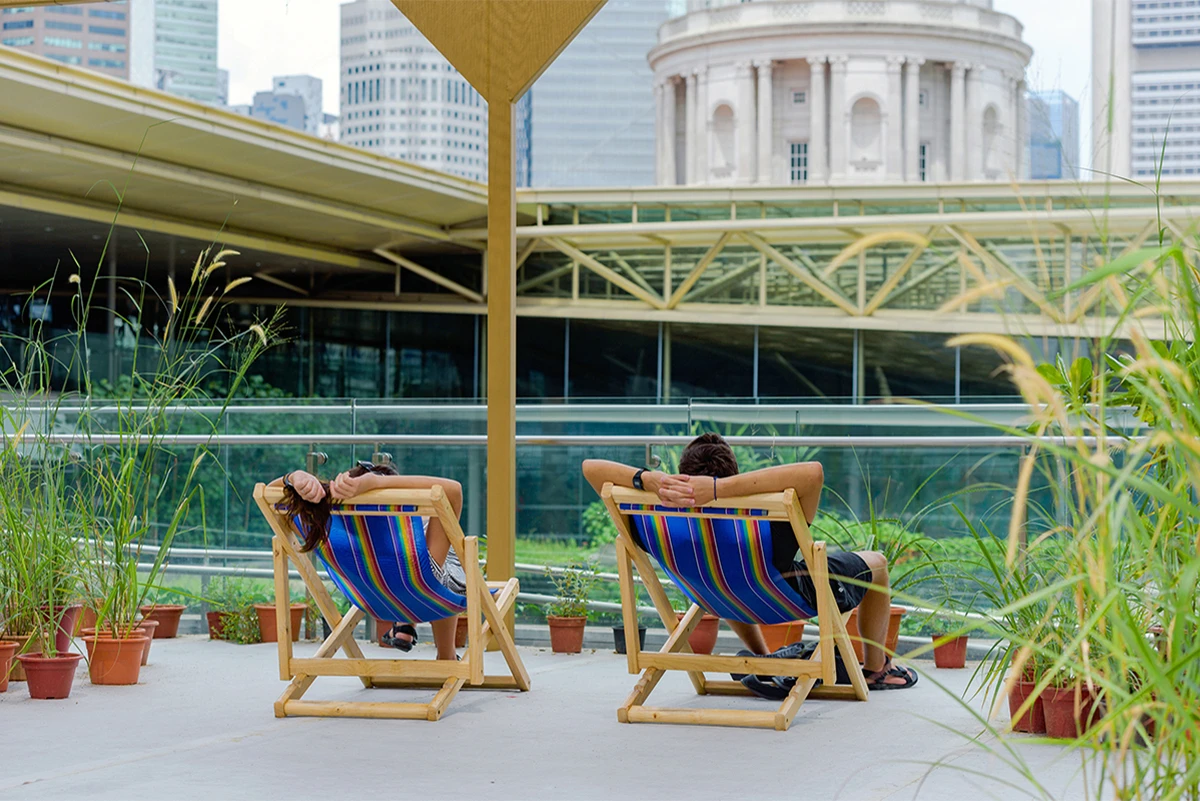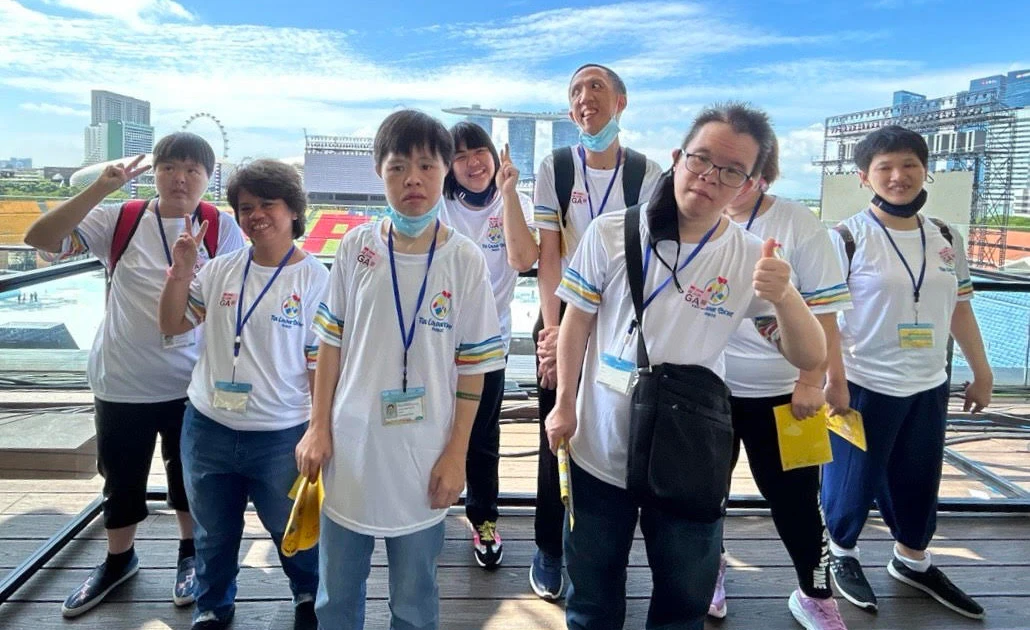Keep Calm. Changing of Artworks in Progress.
What exactly goes on behind closed doors in our DBS Singapore and UOB Southeast Asia Galleries? Go behind the scenes of a recent artwork rotation exercise to find out!
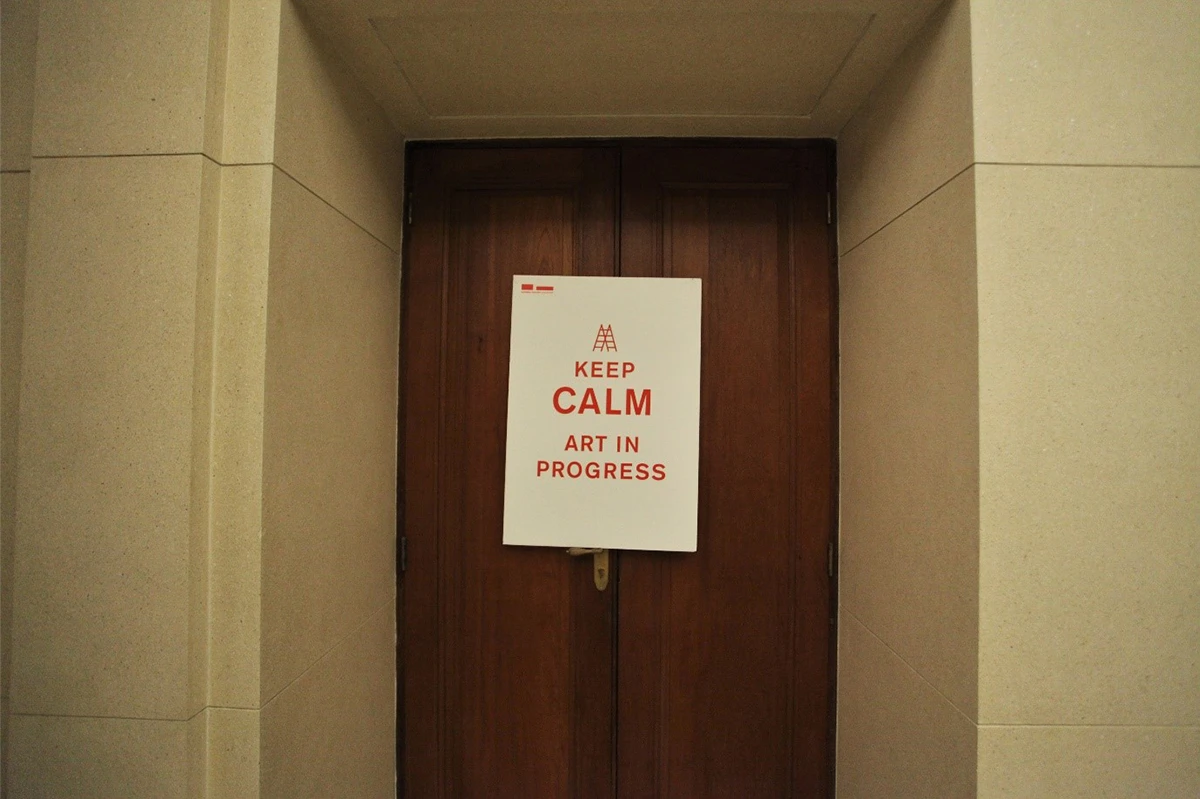
What exactly goes on behind closed doors in our DBS Singapore and UOB Southeast Asia Galleries?
The DBS Singapore and UOB Southeast Asia Galleries house our two long-term exhibitions, Siapa Nama Kamu? Art in Singapore since the 19th Century and Between Declarations and Dreams: Art of Southeast Asia since the 19th Century respectively. Since these exhibitions opened in November 2015, their gallery spaces have been refreshed and a number of artworks changed.

The Gallery rotates artworks for varying reasons. In some cases, it is because artworks need to go back into storage. Being on display exposes artworks to light, which is one of the most common causes of deterioration. This applies largely to works on paper, which have a recommended maximum duration of display due to their sensitive nature. Returning an artwork to storage and letting it rest there before putting it on display again is the best way to preserve it for future generations.
Another reason artworks get rotated out of an exhibition is because they need to be returned to their owners. The Gallery regularly borrows artworks from other institutions and private collections for a specified period. When the loan period is up, artworks have to be taken down and returned.
In addition, the Gallery has been continuously acquiring artworks as part of research and efforts in developing its collection of Southeast Asian art. The rotations provide an opportunity to show these new acquisitions to the public.
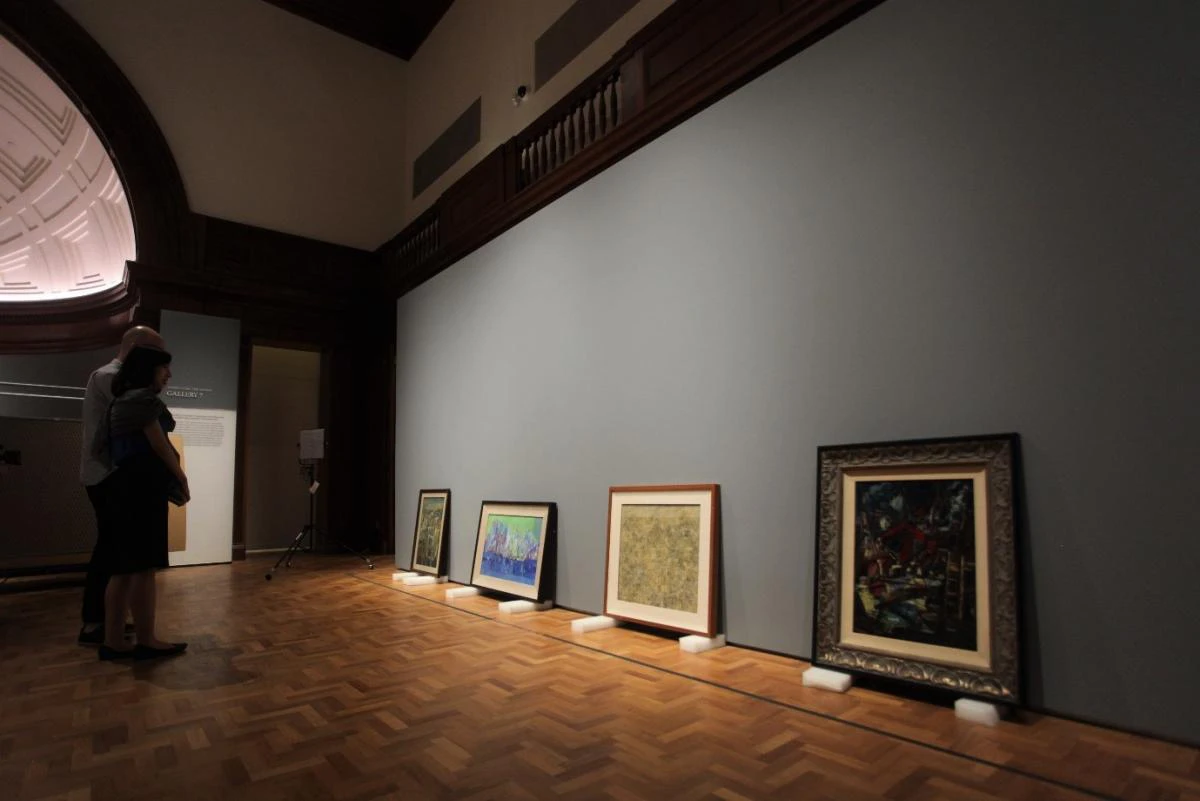
Artworks that will replace the works being taken down are thoughtfully selected by the curatorial team. The condition of the incoming works is assessed to see if they can be installed and displayed, and if so a layout will be proposed. During an artwork rotation, artworks on display in the gallery space are carefully removed and transferred to a storage area in an environmentally controlled back-of-house space. Holes in the walls left by the artworks that were taken down are patched up and the walls given a fresh coat of paint. A good period of time is then allocated for the offgassing of the paint fumes, which can corrode artworks. Thereafter, the old artworks and new artworks are moved back to their gallery spaces for installation.
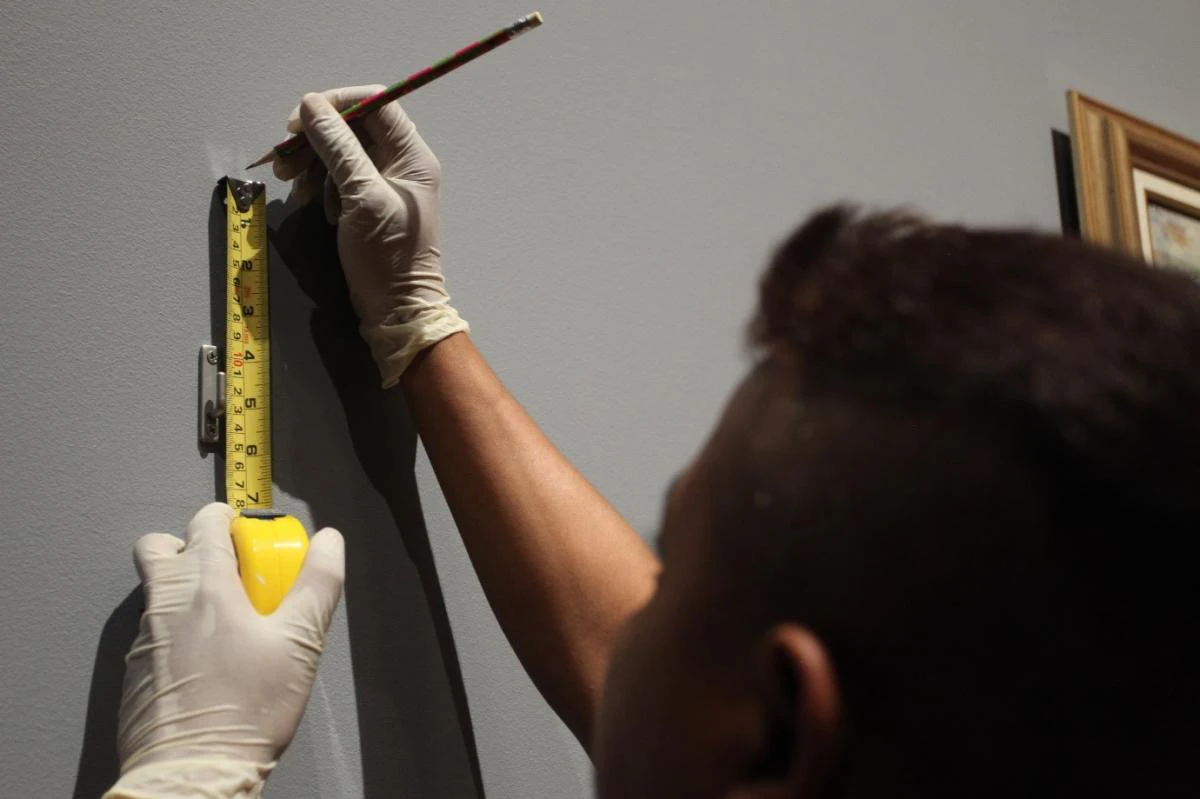
After the new layout of artworks is finalised, the artwork and exhibition management team prepares for installation. This usually involves taking precise measurements and marking them up on the walls, drilling holes, installing new hooks and then mounting the artworks. After that, light levels in the galleries are adjusted and artwork labels installed.
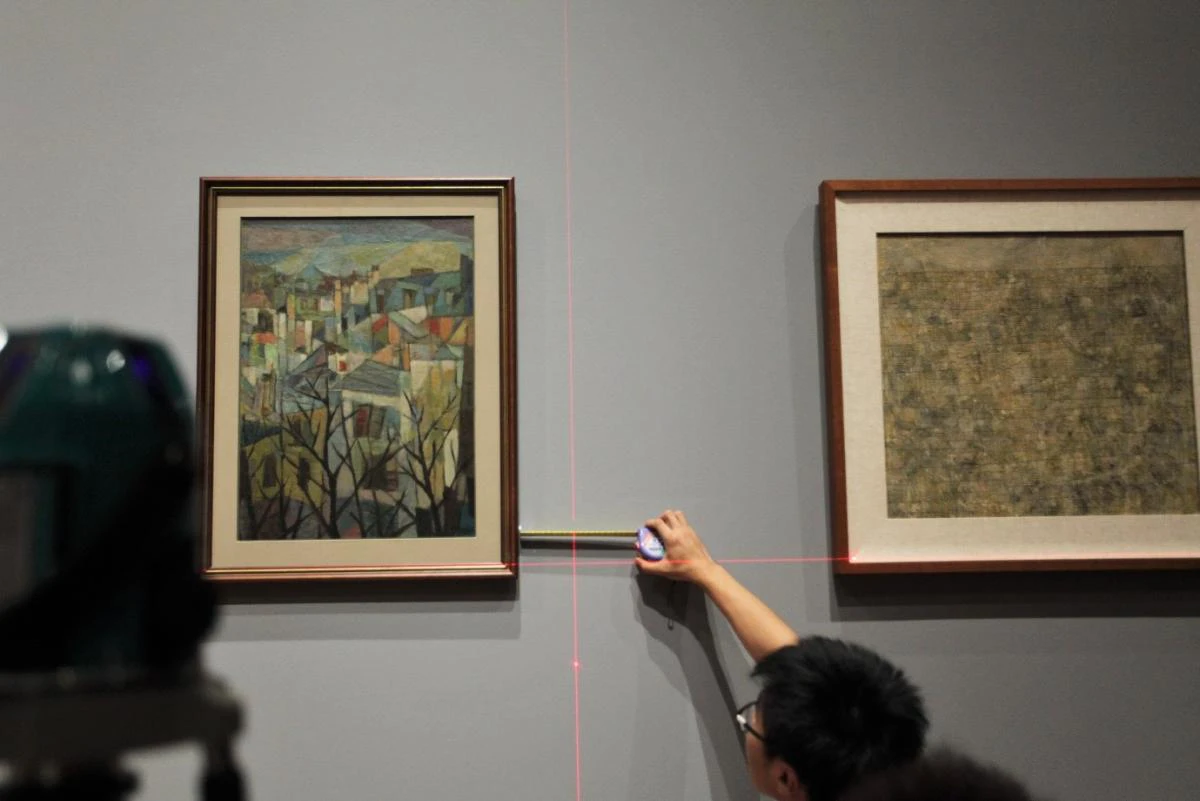
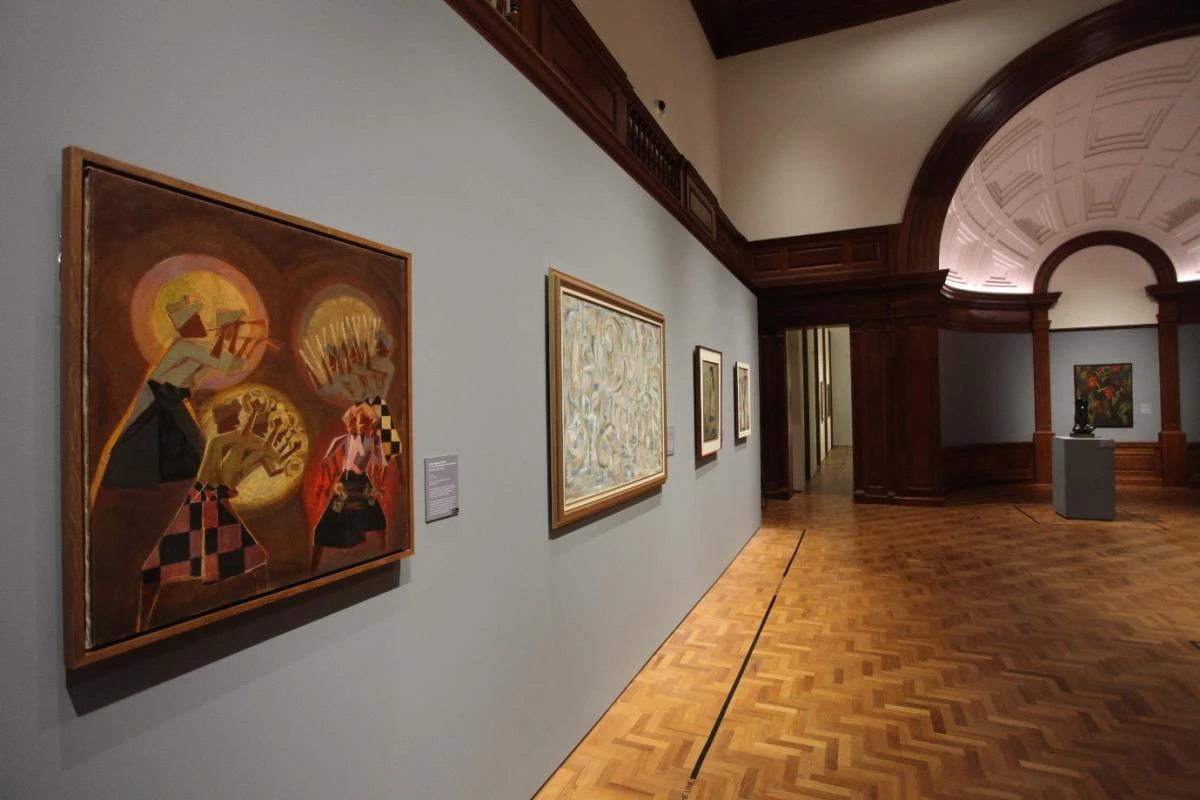
With that, the gallery spaces are opened to visitors again. Remember to visit the Gallery soon and experience the new displays at the Siapa Nama Kamu? Art in Singapore since the 19th Century and Between Declarations and Dreams: Art of Southeast Asia since the 19th Century!








